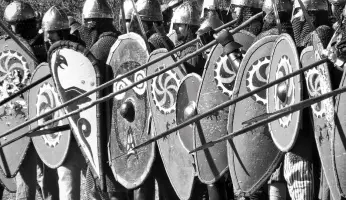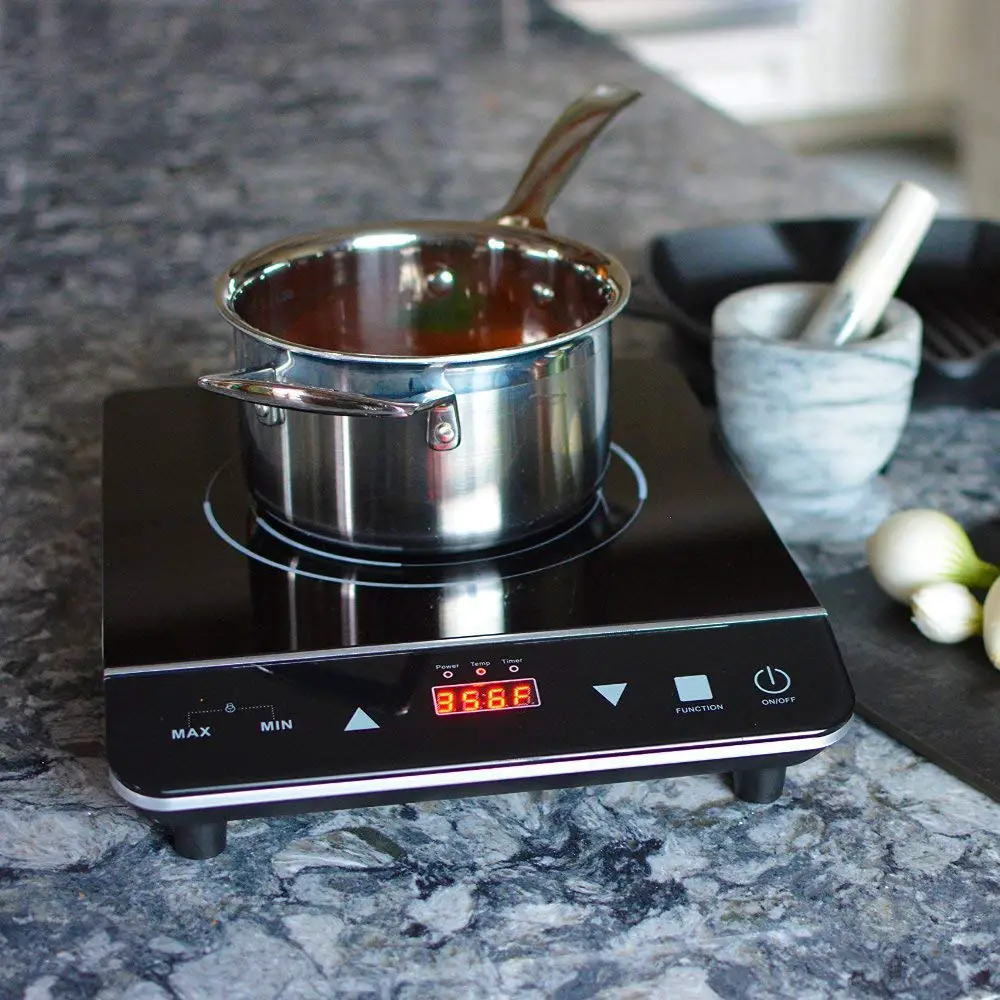Crab Fishing: Essential Tips for the Beginner
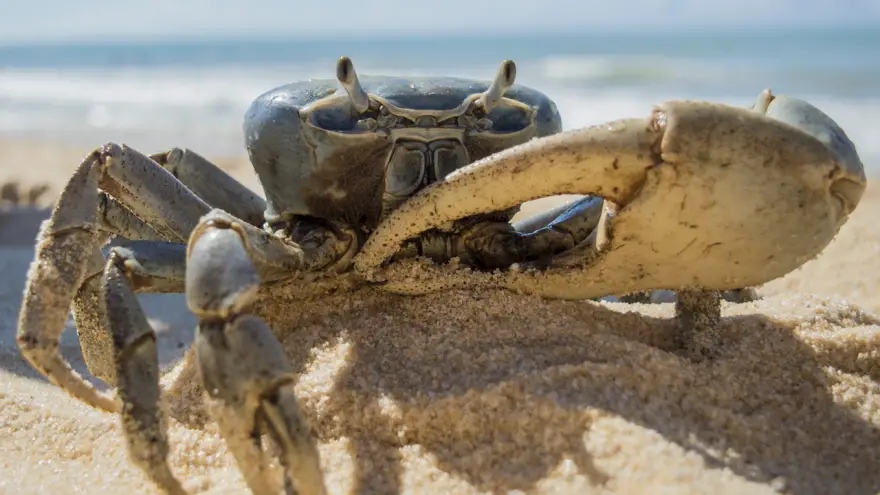 Crab Fishing: Essential Tips for the Beginner
thegearhunt.com
Crab Fishing: Essential Tips for the Beginner
thegearhunt.com
Some of us are always looking to be a bit more reliant on ourselves. To that end, what can be better than catching what food we eat? If you happen to live close to an ocean, there is quite a bit of food hiding in those murky depths.
Self-caught, fresh seafood is both delicious and plentiful, but it is also a food that is easy to catch. There are quite a few delicacies when it comes to seafood, but one of the ones that is sought after the most is crab.
When and Where to Find Crabs
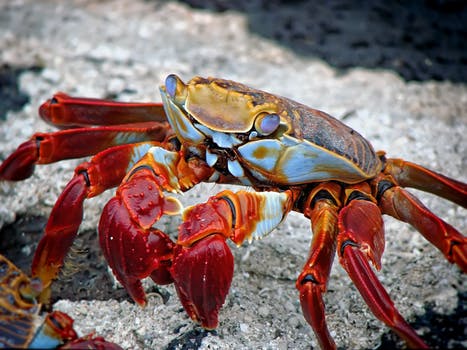 All types of crabs can be found in tidal sorts of salt water. This includes the estuaries of rivers, saltwater inlets, and bays. Don’t even waste your time trying to find them in fresh water.
All types of crabs can be found in tidal sorts of salt water. This includes the estuaries of rivers, saltwater inlets, and bays. Don’t even waste your time trying to find them in fresh water.
Crabbing on docks or piers will typically give you a bit of success because crabs tend to be fond of underwater structures. If you happen to have access to a boat of some sort, you will have more options.
Typically, the biggest crabs will be found on the coast of the Northwest. That said, crabs are found on both the East and West coasts.
Most types of crabs can be lured and caught during the day, but there are times that will get you better results. Most of the successful crabbers say that the best time to go crabbing is after dark. This is due to the fact that most crabs tend to be nocturnal creatures, and this means that they will be more active at night.
That being said, it isn’t always an option to stay out crabbing all night. However, you can always leave out a trap overnight. Another good time for crabbing is during slack tide. This is the 2-hour window that is between low tide and high tide and vice versa. During this time, the water will be moving at its slowest speed of the day.
This means that the crabs won’t have to fight the current as much as other times of the day, and this allows them to move a bit more freely on the floor of the sea so that they can feed. Because of this, they will be more likely to take your bait. If you can’t manage to crab during that 2-hour window, try to get out there when the tide is coming in.
The tide is gentler when it is coming in than when it is going out and brings additional salinity, which ensures that the conditions for crabs are favorable. This is especially a good thing when you are crabbing at the mouth of a river because the tide going out can drag your equipment away.
When it comes to the best time during the year to go crabbing, that will depend on the type of crab you are hoping to catch. Most of the popular seasons for crabs will begin in the fall months and last through the winter. That being said, you should check with the authorities local to where you will be crabbing to get specific details and restrictions regarding the crabbing season.
Equipment You Will Need
When it comes to crabbing, regardless of whatever species you are looking for, most of the equipment will be the same. The benefit of this is that you will have the ability to catch more than one type while on the hunt for them.
That said, the exact equipment you will need to use will depend on how you want to crab. We will talk about some of the specific equipment as well as the method it will be used for. For now though, the following are pieces of gear that will be used for most methods of crabbing.
- Bait
- Safety equipment
- Measuring device
- Storage container
- Net
- License
Bait
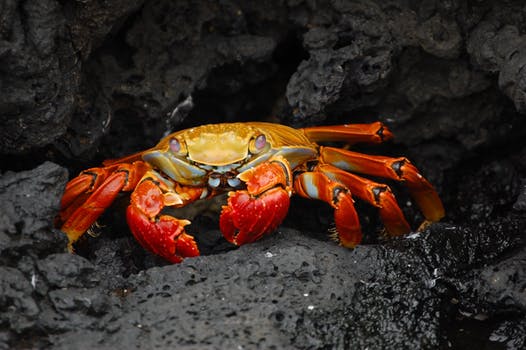 Most of your crabbing methods will rely on the use of bait to lure them in. However, different crab species will have different diets. That said, most of them aren’t too finicky and will eat just about anything. This is a good thing because nearly any sort of meat will be able to be used.
Most of your crabbing methods will rely on the use of bait to lure them in. However, different crab species will have different diets. That said, most of them aren’t too finicky and will eat just about anything. This is a good thing because nearly any sort of meat will be able to be used.
There are specific types of bait that have good track records. Meat that is tough works well because in order to tear it, they will need to grip it tightly, and this can allow you to pull them up towards the surface.
Good examples of this would be things like duck or chicken necks. Both of these are relatively easy to find and are cheap. Turkey or chicken legs are also good at getting results. Some crabbers prefer chunks of baitfish, eel, or fish, or even a combination of meat and fish.
Other crabbers prefer hot dogs when they are looking for cheap alternatives, but these have a tendency to be soft, so crabs tend to make short work of them. One tip is to leave your bait out for at least a day before using it. The theory behind this is that it will obtain a pungent odor which will draw the crabs in. Bait bags can be bought to keep things easier and neater, especially if you will be using some sort of trap.
Safety Equipment
At times, crabs can be a handful of aggressiveness. Especially when you don’t have any experience with them. There are a few techniques that people use in order to safely hold them, but wearing a pair of crabbing gloves that are thick will keep you from getting your hands cut up. Typically, these will be made from rubber that is heavy duty and will keep even tenacious crabs from cutting your skin.
Some crabbers like to use tongs to handle their catch. This is also a safe method because you can keep even the angriest crabs at a safe distance. Finally, you need to be sure to pack a small bottle of rubbing alcohol and some band aids. If you do happen to be pinched, you will be able to wash and cover the area.
Measuring Device
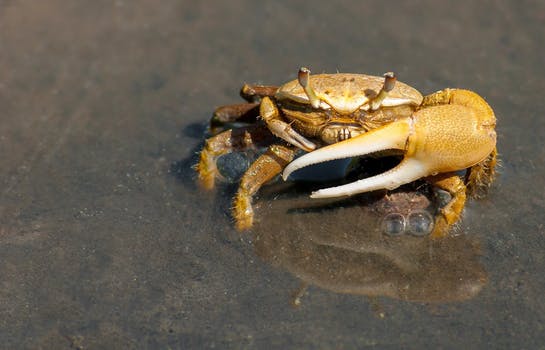 This is a piece of equipment that is essential when you are crabbing in an area where there are size restrictions and you have to make sure that any crabs you catch are large enough. An adjustable caliper is a good option for this because you can easily move it to measure the claw or shell accurately,
This is a piece of equipment that is essential when you are crabbing in an area where there are size restrictions and you have to make sure that any crabs you catch are large enough. An adjustable caliper is a good option for this because you can easily move it to measure the claw or shell accurately,
You can find special calipers for sale at some fishing stores that have legal sizes marked right on them. A tape measure or ruler can also be used, but they aren’t as accurate and can be more difficult to utilize.
Storage Container
You can use anything from a cool box you have filled with ice water to a large bucket for this. It is critical that you keep the crabs you catch breathing right up until you throw them in the pot to cook. This is because they begin to spoil as soon as they die and if you eat them like that, you can get food poisoning.
The use of ice will dull the senses of the crabs, and this can make them easier to deal with while it also keeps them alive. Containers with lids are quite useful if you need to transport your crabs in a car. If you plan to catch quite a few crabs, you will need a large container.
Keep in mind that in order for the crabs to live, they need oxygen, and if you fill your bucket with crabs, they will soon use all of the oxygen in the water and this will kill them. If you are going to be out for quite a while, you will need to change the water they are in on a frequent basis.
Net
Good quality nets aren’t really needed for each method of crabbing, but they are useful to have on hand. Dip nets are typically relatively cheap, and you can find them in quite a few coastal shops. The sturdiest, best types can be found in fishing shops.
This type is quite a bit more durable than the ones you see kids playing with, and they also tend to be larger. Some methods of crabbing will require you to scoop them up in a net, but even if the method you are using doesn’t, they can be useful to have on hand.
License
The most important thing to have when you are crabbing is a license. Check with the authorities where you want to crab for any restrictions and/or requirements. Most of the time, licenses are relatively cheap, and they help to make sure that the crabs, as well as other types of sea life aren’t overfished.
Methods of Crabbing
Most crabs will be able to be caught by utilizing one of the following 2 methods. The differences will be in finding the right spot for the specific species you are looking for, but the methods will remain the same.
Using a Hand Line
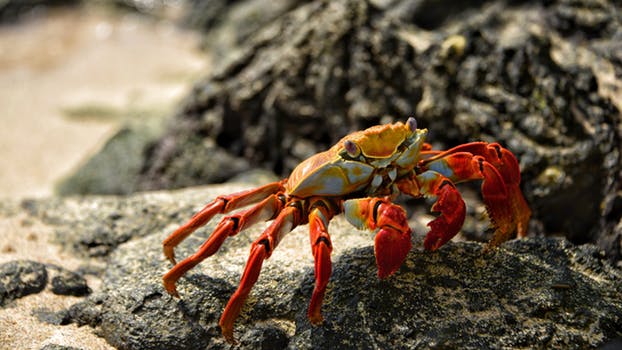 This is the easiest way to catch crabs. It is a favorite among crabbers because it is effective and simple to use while requiring only a minimum of equipment.
This is the easiest way to catch crabs. It is a favorite among crabbers because it is effective and simple to use while requiring only a minimum of equipment.
Additionally, if you get set up at just the right time and in the right spot, you will be able to get your first crabs within only a matter of minutes. The equipment you will need will be:
- Bait
- Dip net
- A line of string that is long enough to be able to reach the sea bed.
To crab in this fashion, all you will have to do is attach a piece of bait to your line and throw it into the water. You need to give it time to get to the bottom, and then you can tie it off. This will allow you to set up quite a few lines.
The line needs to have a bit of slack in it, so that you will be able to see when the crabs are pulling at the bait. When one is on, draw the line up slowly. If you go too quickly, the crab can get spooked and will let go of the bait.
When the line gets near the surface of the water, just scoop the crab into the net. When the crab is in your net, bring it back to shore and check the size of it to ensure that it is large enough to keep and if it is, put it into your container.
Using a Trap from Shore
This is also a common and popular way to catch crabs. It is similar to the method above, but you will catch the crabs in a sort of trap. This means that you won’t need the dip net, but you will need to spend a bit of money for a couple of traps. There are several types to choose from.
Regardless of the type you get, they all pretty much work the same way. You need to put bait in them, weight them down, and drop them in the water while they are attached to a rope or line. Let them sink all the way to the bottom and make sure the line has a bit of slack in it before you tie it off.
You can set many traps at one time. Once you have them set, wait for about 15 minutes and then pull quickly and firmly on the line. This will close the trap quickly and trap any crabs inside it. Then, just pull the trap up.
Get Cracking
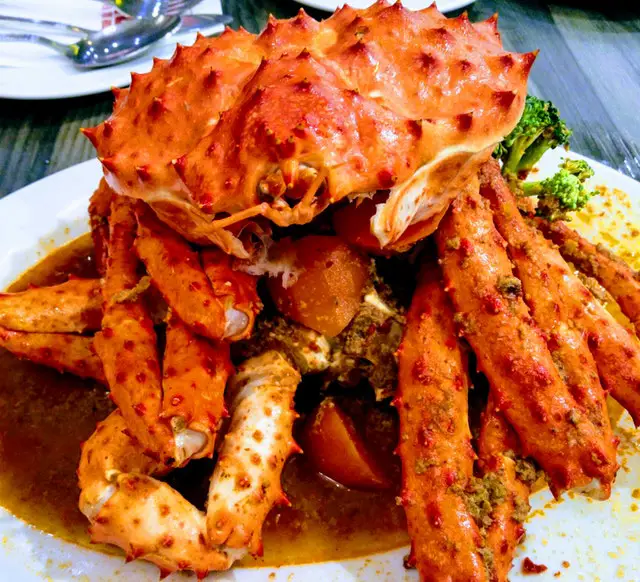 Now that you have peered into the world of crabbing, you are ready to set out for the beach and give it a try. However, it is critical that you abide by the local regulations and make sure that you are crabbing within the confines of the law.
Now that you have peered into the world of crabbing, you are ready to set out for the beach and give it a try. However, it is critical that you abide by the local regulations and make sure that you are crabbing within the confines of the law.
Be sure that crabbing is in season and that you throw any crabs that don’t meet the legal size back. This is critical for the crabs because it ensures that they will continue to be sustainable and it will allow future generations of humans to enjoy crabbing.
You should take the time to learn about the types of crabs you want to catch, and which ones aren’t edible.
In closing, think about the place and time you will crab. Keep in mind that the crabs prefer salt water. They are also more active during the slack tide and at night. Armed with this information, you will be prepared to take home freshly caught crabs for your dinner for quite a few months throughout each year.
Sources
- You Tube, How to Catch Crabs – Blue Crab Crabbing Tips
- Instructables, Crabbing for Beginners
- Sky Above Us, A Complete Guide to Dungeness Crabbing in the Northwest
- Scalz Fishing, Proven Pier Crabbing Tips






